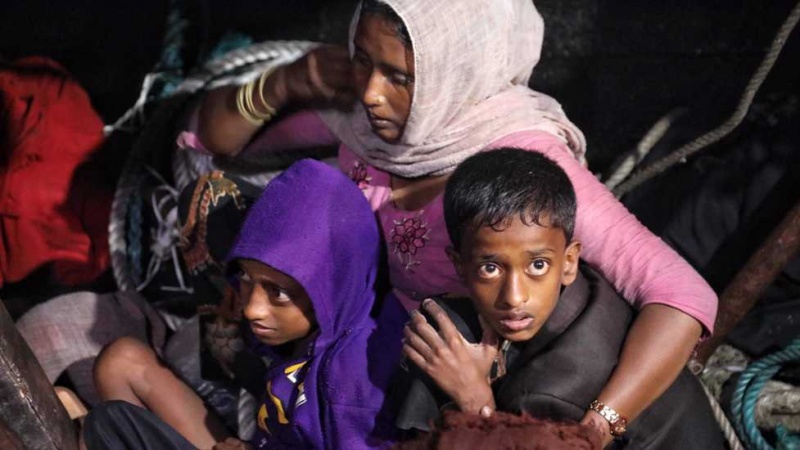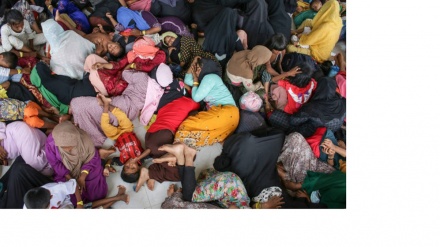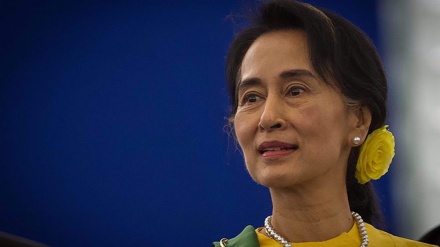New evidence exposes Myanmar's military's brutal purge of the Rohingya Muslims
War crimes investigators have obtained thousands of documents that shed new light on the Myanmar military's planning around the forcible expulsion of the Southeast Asian country's Muslim minority from their homeland of Rakhine State.
According to Press TV, the records are part of a cache of documents, collected by war crimes investigators that reveal planning around the purges of the Rohingya population.
For the past four years, the investigators have been working secretly to compile evidence they hope can be used to secure convictions of Myanmar’s military officials at the International Criminal Court (ICC). The group that collected the documents is already handing its material to prosecutors in The Hague.
Beginning work in 2018, the Commission for International Justice and Accountability (CIJA), a nonprofit organization staffed by international criminal lawyers who have worked in Bosnia, Rwanda and Cambodia, amassed some 25,000 pages of official documents, many related to the expulsion of the Rohingya.
The cache illustrates the obsession authorities had with reducing the Rohingya population they viewed as an existential threat.
“Everything in it points to this intention to engage in this kind of mass removal process,” said Stephen Rapp, an expert on war crimes issues who now sits on the CIJA board.
In a private meeting with officials in Rakhine, which was held around the time of the 2017 expulsion, the then-army chief and current junta leader, Min Aung Hlaing, told the Buddhist population to remain in place, and pointed to a demographic imbalance between Rohingya and the rest of the Rakhine population, the documents show.
Senior Myanmar military commanders later discussed ways to insert spies into Rohingya villages to demolish Muslim homes and mosques, as they laid plans for what they clinically referred to as “area clearance.”
The discussions are captured in official records.
At one meeting, commanders repeatedly used a racial slur for the Rohingya suggesting they are foreign interlopers.
The commanders agreed to carefully coordinate communications so the army could move “instantly during the crucial time.”
By mid-August 2017, hundreds of troops had been flown into northern Rakhine.
Weeks later, the Myanmar military began a brutal crackdown that sent about 800,000 of Rohingya fleeing to neighboring Bangladesh.
ME



